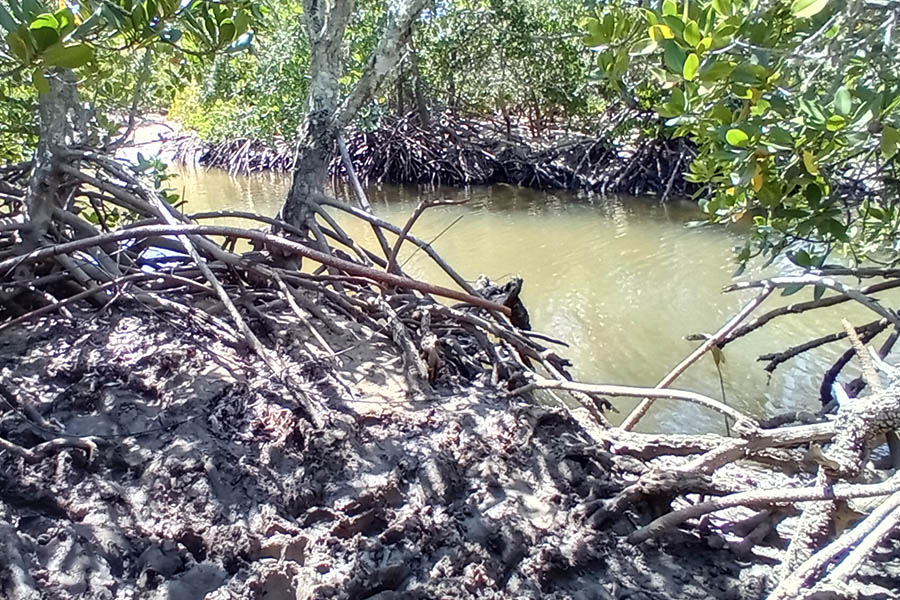
Context
Environmental issues refer to complex systems, in terms of interconnected aspects involved. These systems are articulated on different dimensions (e.g. economic, political, socio-cultural, environmental), and levels (international, European, national and so on). Different roles, functions, interests, and capacities contribute to the dynamics of a network of agents that realize the state of the system and its consequent evolutionary paths.
Solutions to social and environmental challenges require scientific support for decisions and the adoption of interventions, or what is called “knowledge-based support to policy”. The credibility of science and the salience of its contribution are fundamental aspects for the process that links science and politics to be effective and lasting.
The complexity of the scenarios and challenges to be faced requires an acceptance of the difficulty of controlling the dynamics, predicting the evolution and sustainability in the long term. In practice, the awareness of uncertainty, the acceptance of diversity and the limits of compromise, lead the various actors responsible for guiding decisions to attribute the ineffectiveness of some solutions to the intrinsic characteristics of the complexity itself or to the lack of salient contributions from the scientific world.
We are therefore witnessing different approaches to environmental policies that are then implemented in European regulations or directives, but whose implementation is often difficult and whose impact is limited.
That said, given that the system that constitutes the interconnected set of agents that contribute to the multidimensional scenario is already extremely complex at different spatial scales, even if limited only to the environmental dimension, complexity is recognized as a whole and in its internal components. Let us think for example of the sea, of living organisms, of the organs that make up an organism. In fact, we speak of ecosystems, in a broad context that involves the life sciences, physics, chemistry, etc.
The project
AFONIA sees DSSTTA as coordinator of trans-disciplinary research activities in the field of environment and life sciences, involving personnel from various CNR, national and international institutes.
The objectives of the project are 1) to promote the exchange of experiences, 2) to select common points between different theoretical and experimental contexts, 3) to identify research paths that allow to provide results that are useful across disciplines or project areas.
The project is based on some considerations mentioned above and focuses on the following main aspects:
- liquid environment: as a fundamental element for the development of life;
- acoustic field: as a means of fast and long-range transport in liquids, compared to other modes of communication, of information.
- noise and phase trends in the frequency power spectrum of the acoustic field, as overall indicators.
The hypothesis to be validated is that the overall characteristics of the acoustic field of an ecosystem can indicate the health status of the system and the processes involved.
The project is developed on the study of different ecosystems: sea, brain, soil and vegetation.
The project takes advantage of synergies with other projects, such as Seamphonia (An innovative enlightening approach to enable the modelling of marine ecosystems by the acoustic 3D field), COMASAN (COMplexity Analysis in the Simplest Alive Neuronal network), AFONIA-Soil and AFONIA-Mangrove, the latter linked to the observation stations installed in the San Rossore Park and the island of Inhaca (Mozambique).
